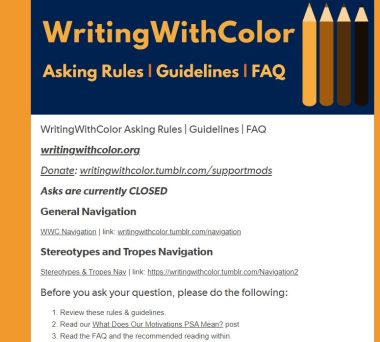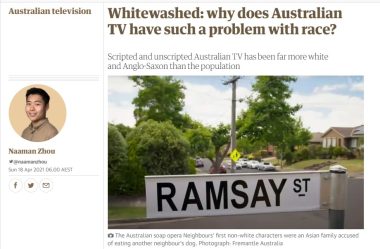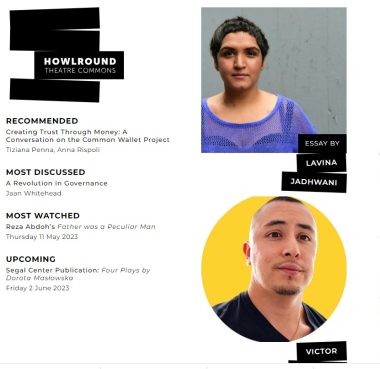Sensitivity readers have been thrust into the spotlight since alterations have been made to the works of authors like Roald Dahl, Agatha Christie, Ian Fleming and Goosebumps writer RL Stine.
Of the three types of cross-cultural engagement on a project, sensitivity reading is a form of ‘consultation’, which shares the least power with cultural knowledge-holders. Sensitivity readers can only make suggestions and have no control over how the text is ultimately presented, and they typically don’t share the benefits of the cultural representation (such as credit or financial gain).
How do I do it?
Instead of asking, ‘How can we improve the way marginalised people are represented?’, it may be better to ask, ‘Who gets to represent marginalised people?’
These questions of representation can be compared with debates in theatre and screen around whether actors are free to bring their own cultural identities to roles. When actors of colour play white identities via ‘colour-blind casting’, or play roles written by white writers, there is a danger for cultural erasure, stereotyping and tokenism. To address this, some productions work with actors of colour from a development stage so they can write their own parts.
Writers can consider collaborating on projects with people who have lived experience from the start of a creative project to develop long-term relationships with shared credit and benefits. This allows greater imaginative possibility to be built in from the start of the project, rather than narrowly correcting problems at the end.





